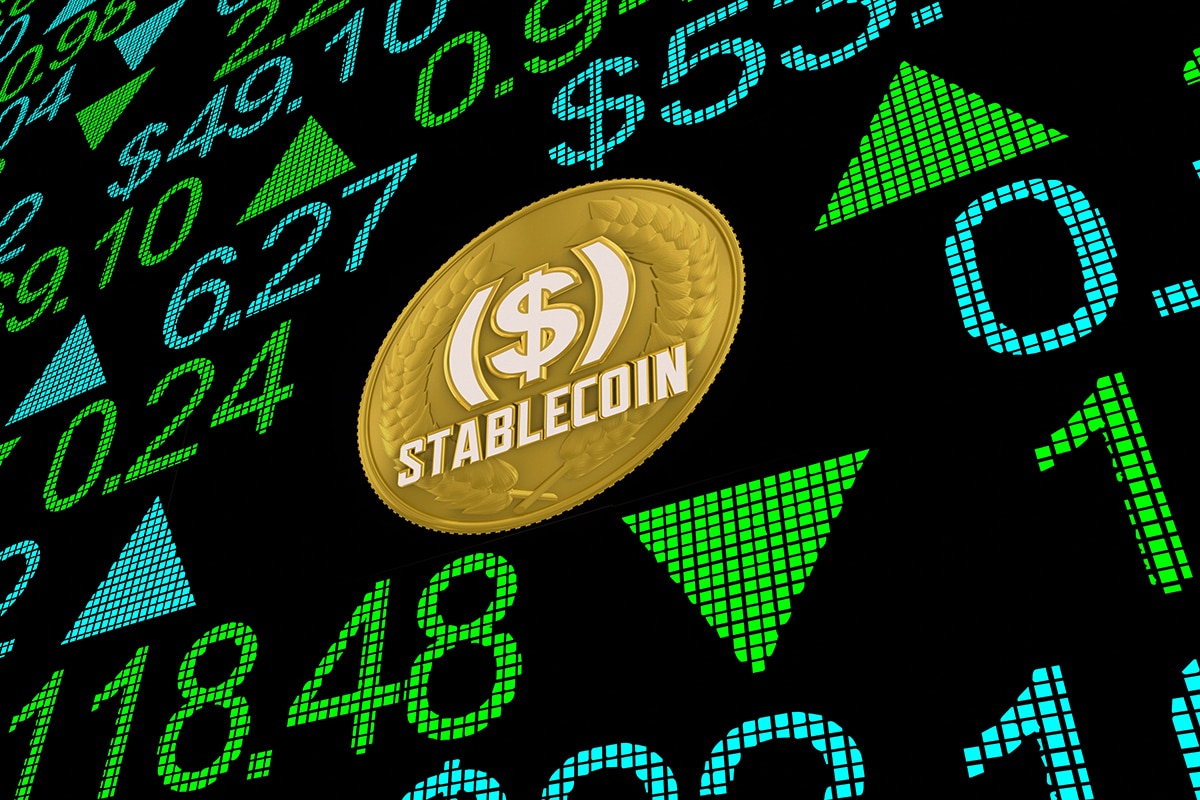Despite a surge in the USD in the aftermath of Donald Trump’s election victory, the greenback could face the most serious threat to its global supremacy yet amidst the growing competition from digital currencies and stablecoin issues pegged to other currencies gaining traction over the US currency, sector experts said.
The Middle East and Europe are among the markets which are seeing increasing popularity of non-dollar-linked stablecoins and other real-world asset-backed token issues in the wake of their governments’ moves to put in place stronger and conducive regulatory frameworks as digital currencies are fast becoming mainstream.
Moves are, however, afoot in the US, with a bipartisan bill in the US Senate – the Lummis-Gillibrand Payment Stablecoin Act – aiming to launch a regulatory initiative to counter the growing popularity of non-dollar linked stablecoin issues, thereby checkmating the threat to the greenback.
“With payment rails advancing, enabling consumers to transact easily in different currencies, the role of the USD might be relegated,” Maksym Sakharov, Co-Founder and board member of WeFi, a globally leading decentralized finance system, told Arabian Business.
“If stablecoins in other countries gain traction over the US dollar, the demand for the greenback will reduce, impacting its relevance overall,” he said, adding that this trend will also have a ripple effect in real life.
Sakharov said almost every country is exploring stablecoin regulation, underscoring the importance of the financial ecosystem.
Sector and policy experts said with the growing popularity of non-dollar linked issues, American payment firms might also choose to move to regions with defined stablecoin regulation or traction.
If this plays out, it will be a troubling case of USD being exported, impacting the greenback as well, they said.
US counter move with bipartisan bill
The bipartisan bill, introduced by Republican senator Cynthia Lummis (Wyoming) and Democratic senator Kirsten Gillibrand (NY), is aimed at creating a comprehensive regulatory framework for stablecoins in the US, enabling widespread issue of stablecoins in the country to take on competition from other parts of the world.
It is also seen as a move to protect the supremacy of the US currency.
Trump’s proposed policies, especially tariff hikes on a whole range of US trading partners and tax cuts domestically, are widely expected to strengthen the greenback.
The US. Dollar Index, currently at 106.34, rose by 2.24 percent in the last 30-day period since Trump bested Kamala Harris in one of the most hotly contested US presidential elections.
Sakharov said regulation remains a major bottleneck for stablecoin issuers in the US, with no single authority currently in charge of licensing.
He said the Lummis-Gillibrand Stablecoin Bill proposes the US to regulate tokens with less than $10 billion market capitalization.
Bigger stablecoins will be subject to Federal regulation, but the Bill has provisions permitting them to seek waivers.
“The major flexibility in how the tokens are regulated can help spur innovation in the payment sector.
“Besides, with a fragmented licensing scheme, issuers can easily brand their business and pursue States where they can easily meet the licensing demands,” the WeFi Co-founder said.
“This provision will lower the entry barriers, foster competition in the market, and create a more customized protection measure for consumers,” said.
UAE, Middle East takes lead with proactive regulatory frameworks for digital currency issues
Industry players said the Middle East, especially the UAE, is a region that is strongly open to crypto and stablecoins, attracting global and regional players in large numbers with proactive and conducive regulatory and policy initiatives.
Since June, the UAE Central Bank has agreed on plans to regulate stablecoin through a proactive framework.
The country’s proactive approach is already helping companies, with entities like Tether Holdings said to have started conducting major oil transactions domiciled in USDT.
“This is a confirmation of advancement in the Middle East regarding stablecoins, and once its regulatory framework goes live, it might take the lead over the US in payment evolution,” Sakharov said.









